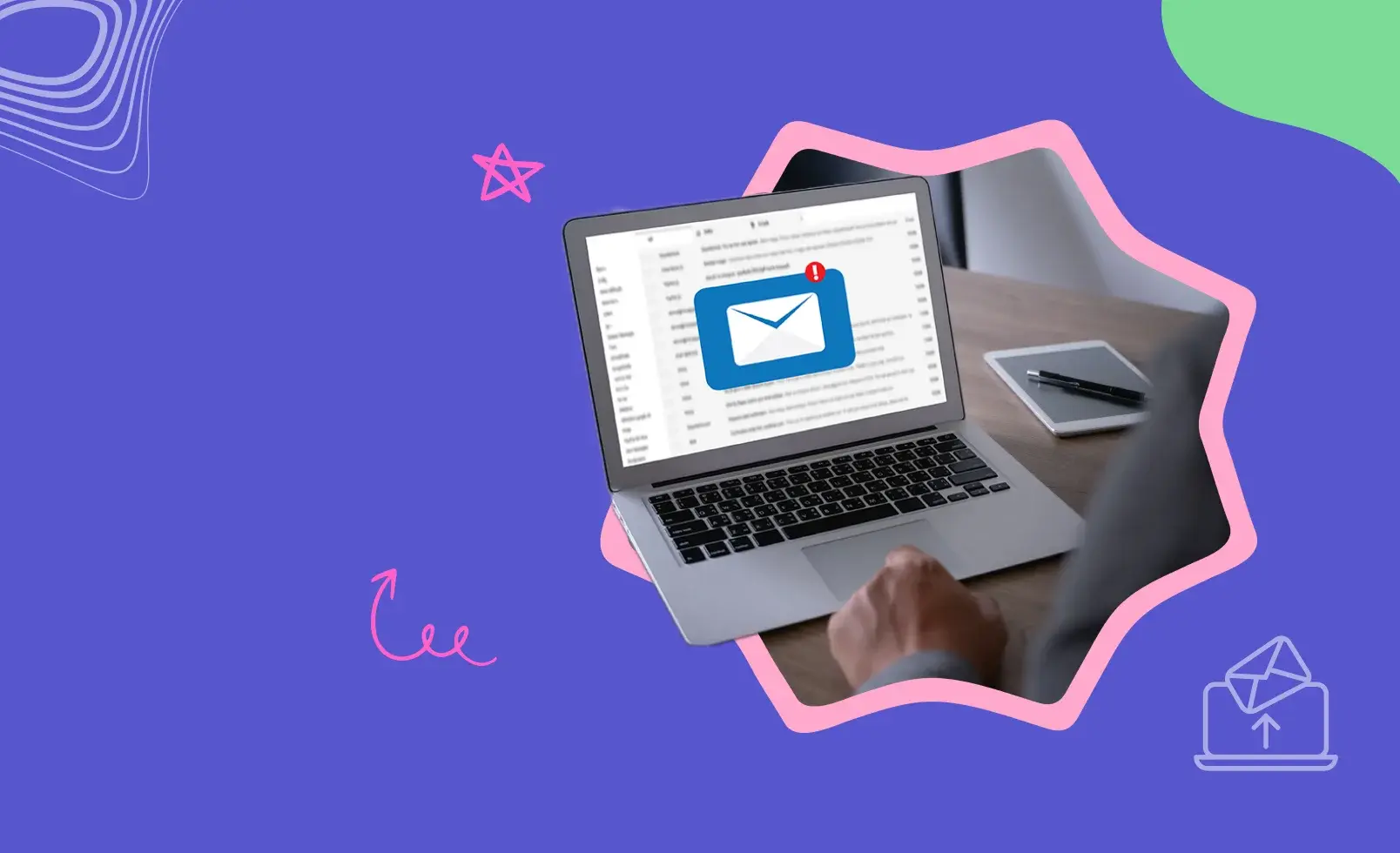Writing the perfect Cold Email is a lot like writing copy for an Advertisement. Let's say you pick up a copy of the Time magazine while waiting at your dentist's. There are a hundred pages of journalistic content on issues you are interested in learning about. Stories covering politics, sport, and scandal written with catchy headlines and retina ready pics. As you flip the pages looking for an interesting story to dive into, you stop to take a second look at an advertisement.

What made you stop and look at this ad?
The inbox is not a very different place. There are a hundred other emails from people you know, from people you have a relationship with, and from people you are hoping to hear from. In the midst of all of these emails sits the audacious oddball, a cold email vying for your attention - and (probably) trying to sell you yet another CRM.
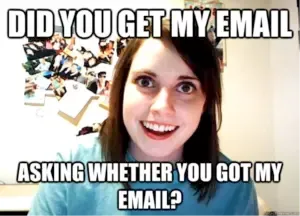
What would make you open and read that cold email?
The similarities do not end here (humor us while we milk this analogy further..)
When you think about it, grabbing attention is the easy part. Take a look at any Carl Jr burger ad and you know what we are talking about. Likewise, a clickbait, BuzzFeed style subject line will get your prospect to open the email. But your ad copy (or in our case, the email content) still needs to deliver.
A good attention-grabbing opening gives you (at best) 15-30 seconds span to deliver your message and push them towards your desired objective.
Luckily, for those drafting your first cold email, brand marketers in Madison Avenue have carried out decades of research and study to develop frameworks and techniques for creating killer ads that drive engagement and action. The AIDA framework is one such formula.
A Pro Guide on How to Write a Cold Email in 2024
What Is the AIDA Framework?
AIDA as a framework describes the engagement stages a prospect goes through when he/she comes across an advertisement.
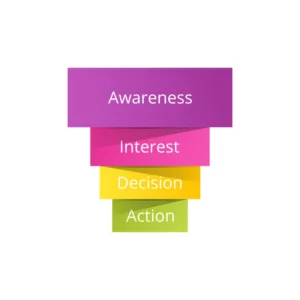
Attention
This is the eye catchy headline or the flashy image that makes you pause. The pattern interrupts in the middle of your page-flipping that makes you look closer. In the case of email, the subject line plays this role.
Interest
The next stage of engagement is to transition this attention into interest. Often this is the trickiest part of the ad or email copy. Later in this post, we outline a few tactics to help you make this crucial shift and convert the initial attention into interest.
Desire
This is the promised land where you tilt the engagement level from Interest to Desire in what you offer. Useful constructs that you can deploy here are social proof, scarcity, showing how a prospect's life will change by using your product, etc.
Action
While not a big component of B2C print ads, when it comes to direct response/email marketing, this is an important stage in your prospect engagement and an effective CTA is the finisher that gets the ball rolling.
How To Use the AIDA Framework in Your Cold Email Copy?
Attention:

Grabbing your prospect's attention is a job for your email subject line. But before that, landing your cold email in the primary inbox is also half the battle. Once the mail is in the prospect's inbox, the subject line and perhaps a snippet is all they see before deciding whether to open or not.
So writing a great subject line and landing in the primary inbox are key to getting more email opens and grabbing attention. A lot has been written o how to write killer subject lines.
Few best practices to keep in mind when crafting your subject lines:
1. Write Multiple Subject Lines.
Try subject lines for every email and then choose the best.
2. Keep It Under 50 Characters.
Imposing a 50 character limit forces you to trim unnecessary words and make it crisp.
3. Know Your Audience.
Your best bet for creating good email subject lines will be understanding your audience intimately and catering to their likes.
4. Choose Your Tone.
Most good email subject lines rely on a conversational and casual tone to attract the audience. Take time to think about what tone you wish to convey.
5. Be Honest.
Users want to see that you are a legitimate and trusted source. Your email body needs to deliver on any promises you make in your subject line.
6. Test, Test, Test.
The best way to find what works for your audience is to A/B test your email subject lines. What works best for your audience: Long or short subject lines? Including numbers or not including numbers? Questions or statements?
Interest:
This is the first transition that the prospect needs to make. Move from curious to interested. The first 2-3 sentences of your email play a big role in making this transition.
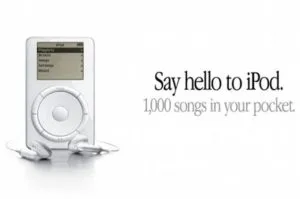
Benefits (1000 songs) and not Features (8 GB of storage)
Here are a few pointers to get the job done here:
1. Make It All About the Prospect.
Rather than starting the email with "I am the sales manager at xx...", put the spotlight on the prospect.
Eg: I noticed that you are using Mailchimp.
2. Ask Them a Question (While Keeping It Still About Them)
Eg: Are you looking for ways to scale your customer support?
3. Tell Them What Made You Write to Them
I came across your company when I was looking into XX
4. Start With Their Pain Point
Eg: As a fast growing company, it must be challenging to find the right tools..
5. Start With Fear
Eg: Have you thought about what would be the impact on your business if you forgot to renew your domain?
6. Lead With a Compliment
Eg: Congratulations on the recent media coverage on {{company}}
or Enjoyed reading your blog post on xx
The common thread across the various techniques above all relate to making it all about the prospect and not about you.
Once you have opened, a quick FAB (Feature Advantage Benefit) statement is a good way to introduce your product or offering.
A couple of email copy examples:
- Eg1: We offer lead generation services that guarantee a steady flow of leads every month to your business. So you can focus on closing more sales.
- Eg2: Trello is a project management software that your team will love to use. So you can get more work done and have fun while you are at it.
Desire:
Now it's time to move things up a notch by creating desire. The fundamental construct behind this stage of engagement is that people buy what they want and not what they need. To put it in context, people need a car. But what they want is a Porsche.
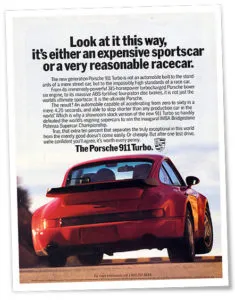
When creating desire, you are trying to move beyond basic needs and make them "want" your product.
Various constructs you can use to your advantage are:
1. The Bandwagon Effect.
Use the #1 Marketing automation software or Best selling product
2. Scarcity Effect
Only 15 slots left this month
3. Social Proof
Join companies like Uber and Airbnb, who use us to grow their social media presence
4. Paint a Picture of Life After Purchase
Never lose another customer again
5. How It Makes Them Feel
Be an influencer not a follower
6. Exclusivity
Be among the first to use this cutting edge technology
Action:
This is the final step in your cold email copy. Now that you have gained prospect’s attention, retained their interest, and stirred up their desire for your product, it is time to get them to perform a specific action that you want them to do.
- Simple and easy call to action
- Make it as low friction as possible
- Be specific and say exactly what you want them to do
- Don’t add multiple options. Having one single call to action works better
A couple of examples below:
- Eg1: Can we schedule a call later this week to discuss how we can help improve conversions?
- Eg2: Would you mind letting me know if this is a focus area/key priority for your company?
Sample Cold Email that uses AIDA:
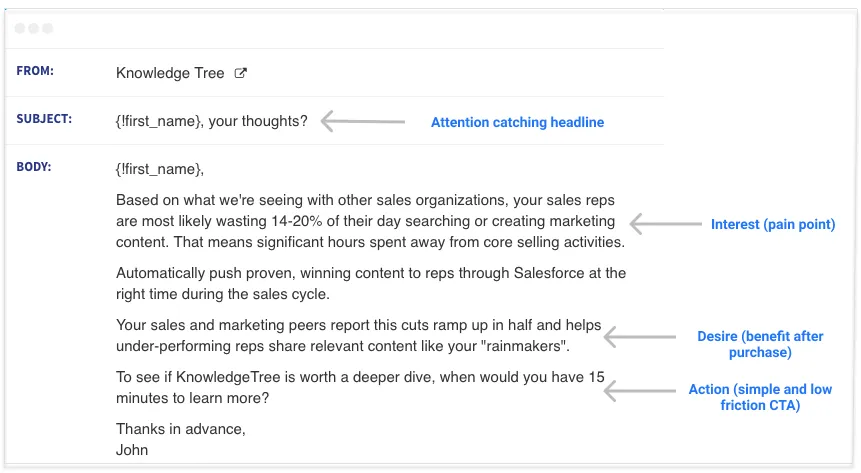
The above cold email uses the AIDA formula to perfection.
Also Learn: How to write a cold email using BAB technique
Send Remarkable Emails
With the sheer number of emails being sent by marketers and salespeople every day, it is now more important than ever to spend time crafting remarkable emails that stand out. Drafting email templates should be done with the same level of thoughtfulness as is usually applied to creating your Facebook ads and website landing pages.
Click here to find the right tool to send the perfect cold email
Appeal to emotion, use humor, throw in pattern interrupts, etc. In an email inbox filled with bland emails, a well-crafted email can leave a lasting impression and is instrumental in starting to build a warm relationship with a cold prospect.

